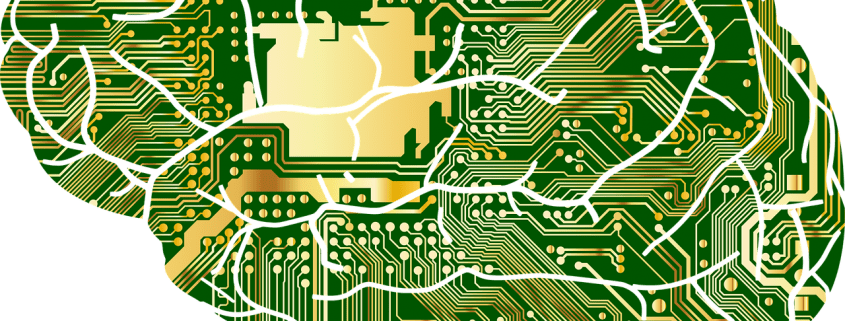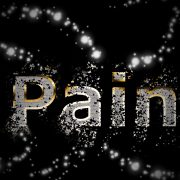Prefrontal cortex, posturology and pain – Part 1
It goes without saying that, although this is not the direct aim of posturology, many clients can consult a posturologist in order to know a decrease, even an elimination of their pain.
In any case, by focusing on an improvement of proprioception, is it possible that posturology contributes to a reduction of pain, via the activation of the prefrontal cortex (CPF)?
It should be noted that the CPF plays two opposite roles in relation to pain:
It induces anti nociceptive effects, due to its connections with other cortical zones. The prefrontal cortex is the main source of cortical afferents of the periaqueductal gray matter for the modulation of pain.
It can induce chronicity of pain via its projections on the nucleus accumbens, possibly dependent on the dopamine receptor activity involved in the neurological pathway for reward.
Note that while it is true that chronic pain can lead to a loss of gray matter in the CPF, it is also true that this loss of gray matter is reversible when the pain is no longer there. When you consider the important role of the CPF in all that is organization, planning, management of emotions, this is excellent news.
Via different neurological structures, the CPF comes to be informed of the intensity of the pain as well as its source of origin.
The amygdala is involved in the fear and conditioning of fear. There are reciprocal connections between, precisely, the amygdala and the CPF.
It has been noted that an increase in functional connectivity between the left tonsil and multiple cortical, subcortical and cerebellar regions is present in pain patients.
A longitudinal brain imaging study in patients with chronic low back pain shows that increased connectivity between PFC and nucleus accumbens is a predictor of pain.
It has also been shown that the cerebellum plays a role in the treatment / modulation of pain, probably because of its many connections with the PFC and brainstem regions involved in descent pain control.
To know that posturology reorganizes the basic tone, which affects proprioception and that in functional neurology, we indulge in suggesting exercises that play on balance, is it possible to think that this activation of the cerebellum plays on the CPF’s ability to play a role in reducing pain?
https://link.springer.com/article/10.1007/s12035-018-1130-9?fbclid=IwAR0BcO6oGOgJ_aGBDFoUwzg4nFZGppKf2nuPfaS2eE9sl-dkRnFeSxq-YLU









Leave a Reply